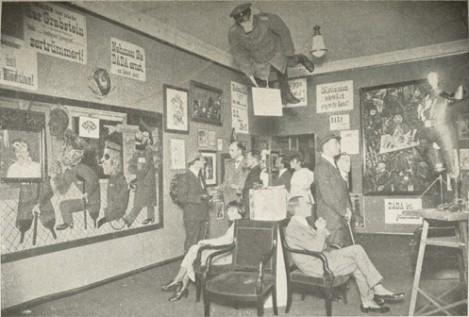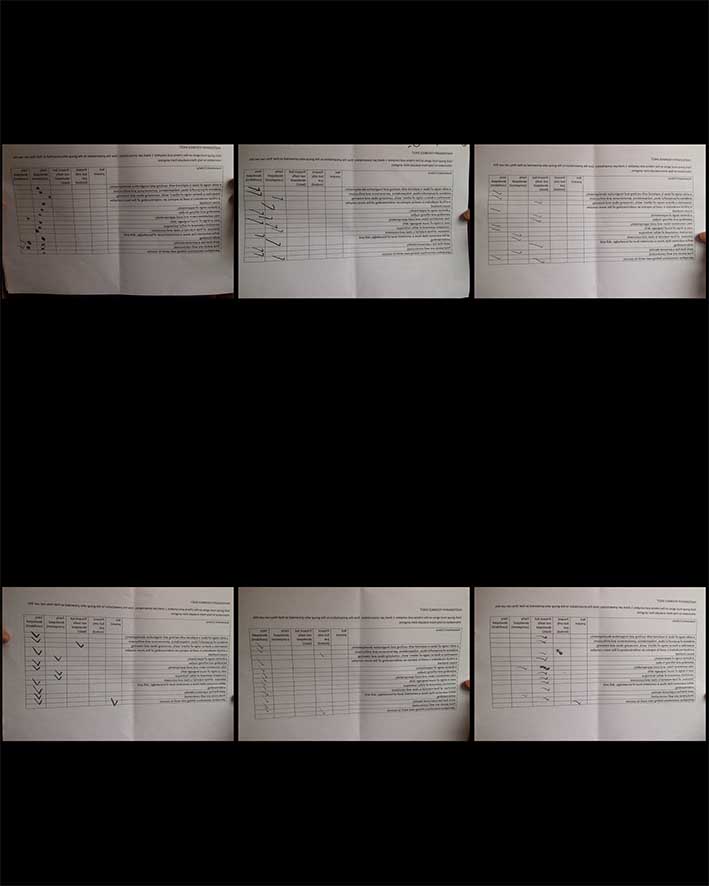In this short 60 second video, I got my friend to video me dribbling a tennis ball with a hand-held camera. This idea came very spontaneously to me and I had no particular objective or meaning behind it. The idea came about simply because I had my tennis ball with me and I dropped it, causing me to kick the ball before I picked it up again, which then gave me the idea to start dribbling it. I had no time-frame in which to complete the performance and it lasted as long as I felt was necessary.
Piecing it together
The free-flowing movement of the camera is important because it establishes a sense of rawness to the video, giving it a feel that is very natural, easy-going and unspoiled. The good quality of the actual film still means that aesthetically the film still pieces together well. My performance is also very simplistic throughout and I make no attempt to attempt any skill that is highly complicated, instead making what I am doing very easy to emulate, so that it is easy for most viewers to appreciate and understand.
Meaning
This video reflects the theme of chance because of the fact that it is a spontaneous event that occurred completely by accident. It was an experiment that I attempted without any idea of how well or successful it would turn out. I find this style of filming/photographing to be very interesting because the outcome is always uncertain, it could either go very well or very badly. This in itself adds to the excitement of the piece
The simplistic manner that the video was formed presents an element of challenge. By filming a successful performance without any of these sophisticated methods I am therefore questioning the need of traditionally accepted methods of creating film, such as editing, using a tripod and planning the shoot in advance. The style of the filming is therefore a subtle protest against these methods
Influences
Dadism – I used the influence Dadaism by making my performance spontaneous, free-flowing and as un-structured as possible. By not restricting the direction of my performance it allows my work to be more creative and imaginative, using what I have and my current inspirations in order to construct the performance. The lack of direction links to Dadism because the disorder is a protest against structure and formality. Another aspect of Dadism that I will follow is to be as subversive as possible. Dada movement artist were famous for their unusual and strange artwork and this eccentric style is a pattern that I will follow
Comedy – I will make my performance comical through the subversive manner that will go about my performance. I will deliberately run into the direction of the general pubic in order to test the way that they will react, hopefully creating a sense of confusion without causing any lasting panic or effect. Subtly within comedy is key for this type of performance, I want comedy to occur without it ruing or undermining the entertainment of the performance. I will take influence from French comedian Remy Gillard, who is famous for his satirical video whereby he tests the publics reaction to strange and unordinary events.










